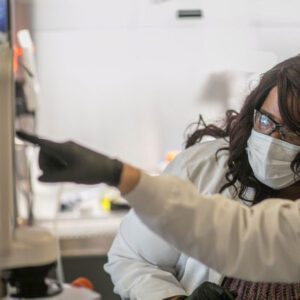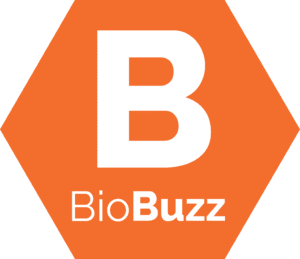Can setting workforce diversity goals and posting progress reports help companies move the needle on diversity? This approach has spread like wildfire in the last two years. It’s too soon to tell whether the new fad is working, so we turned to past experience of firms that set goals and posted progress as early as the 1970s. That experience suggests that when done right, goals and regular progress reports can boost diversity even among management jobs.
The current wave of posting workforce diversity data began in the early 2010s, with a group of tech firms. Then, in 2020, prompted by the resurgence of the Black Lives Matter movement in the wake of the murder of George Floyd, and by growing shareholder pressure to disclose diversity numbers, firms across the economy began to set goals and post data. By September 2021, 55% of Russell 1,000 companies had posted workforce gender, race, and ethnicity data, up from 32% in January. By then, more than 70 big companies had set public gender-diversity targets for 2025 or 2030, including Airbnb, Bank of America, Bloomberg, Coca-Cola, GE, Intel, McKinsey, TaskRabbit, and Xerox.










